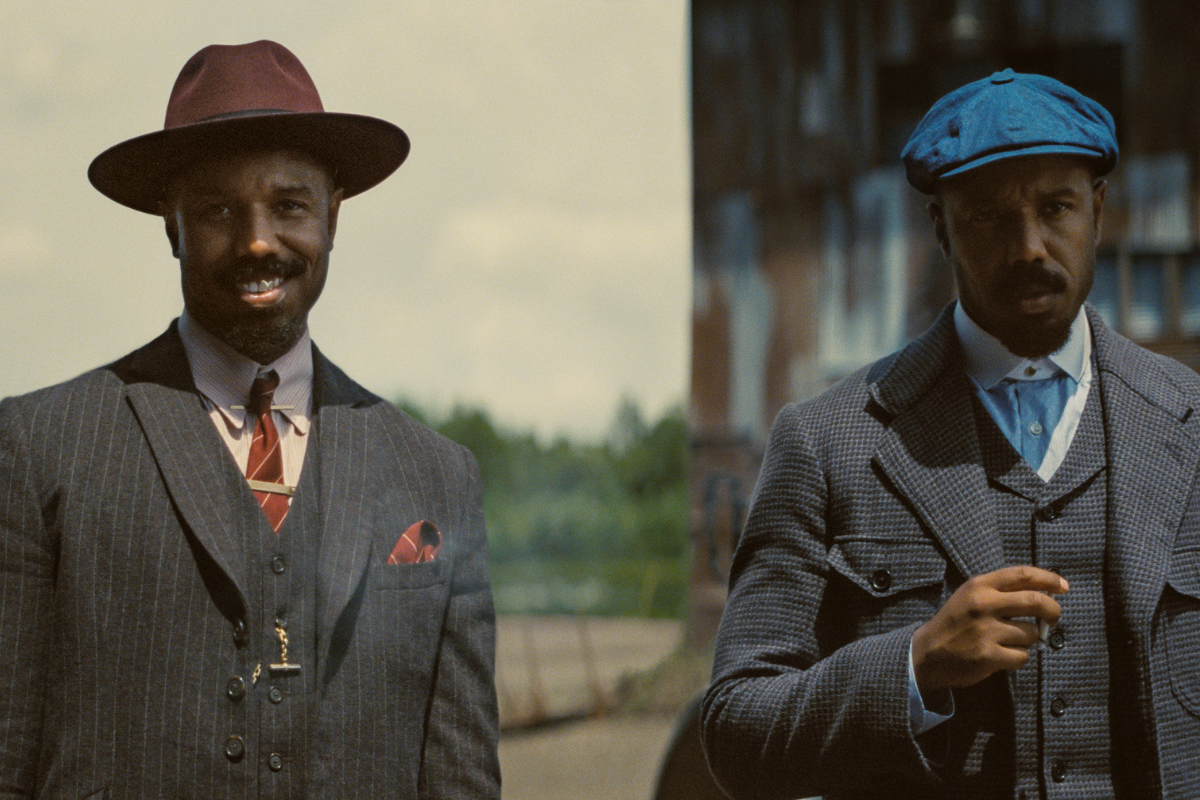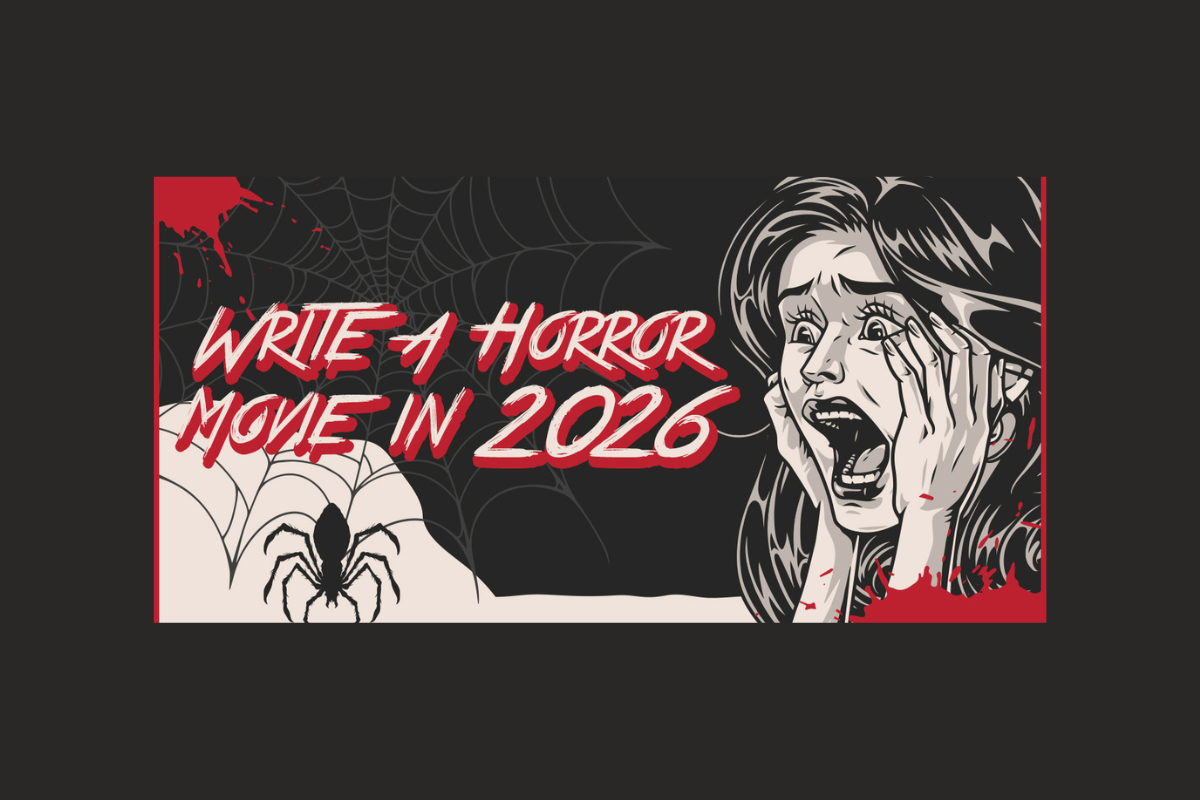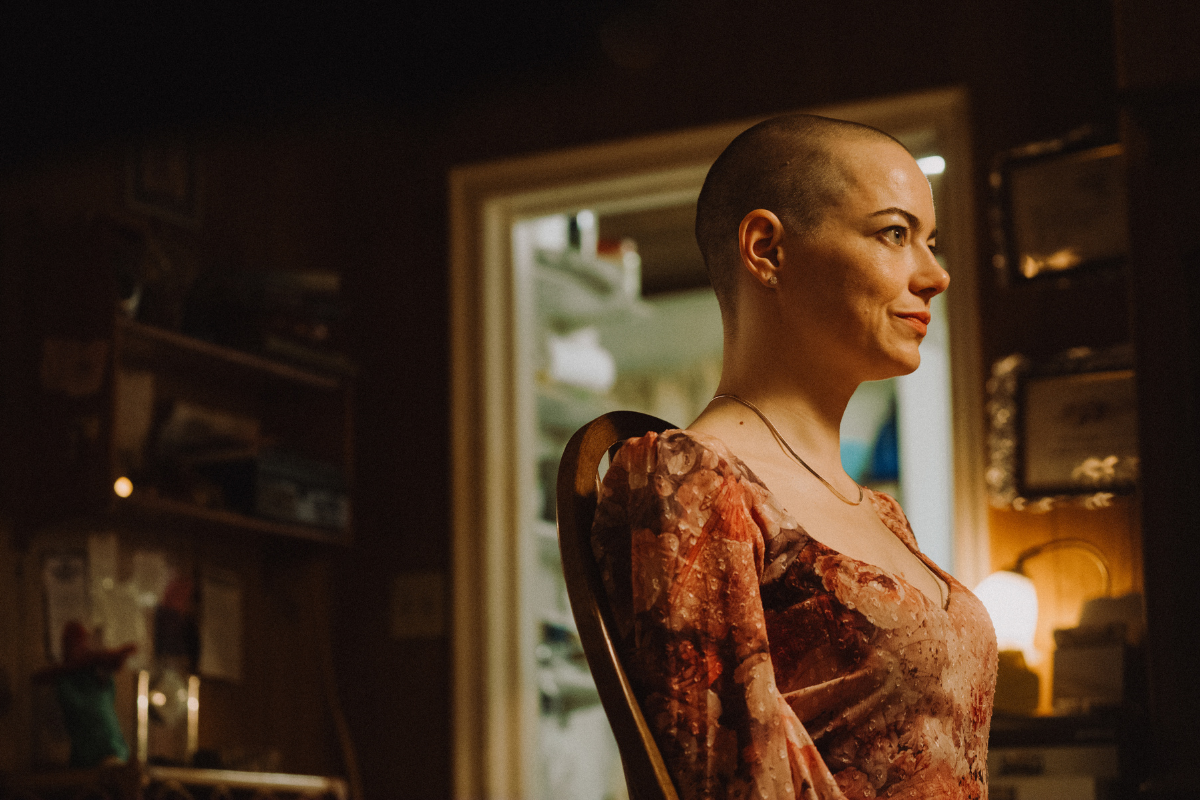The Secret to Pixar’s Emotional Core
Karl Iglesias illustrates how the emotional core has led to Pixar’s record successes.
Toy Story, the world’s first computer-animated feature, to Monsters University, Pixar’s fourteen films have earned an astounding $7.7 billion worldwide, picked up 27 Academy Awards, including seven for Best Animated Feature. With this phenomenal amount of box-office and critical success, no one can deny they’re doing something right. Lucky for us, Pixar’s directors have been forthcoming in numerous interviews with their “secret”—talking about their process, their focus on story and characters, and their love for those rare family films that parents can enjoy with their kids, rather than endure them like so many other animated features. And yet, many have attempted to emulate Pixar’s way without success, so there must be something deeper that contributes to Pixar’s success.
At Disney’s D23 Event in 2011, a young audience member asked a Pixar Team panel, “Is there one element in every Pixar film that makes a Pixar film a “special” film or “different” from any other film?” John Lasseter answered that, for him and his creative team, it was the “heart” of the film, “It’s the feeling you also got from the old Walt Disney films, like the feeling you got when Dumbo visits his mother who’s locked up, or when Bambi’s mother is killed, or the emotions we feel when Pinocchio is at Pleasure Island. It’s these deep emotions you don’t feel anymore in modern Hollywood films.” Andrew Stanton chimed in by saying he felt very passionately about this, though he calls it the “Wonder.” “And you can’t fake wonder,” he said. “You either earn it or you don’t. There’s a certain kind of wonder when we watched Disney films growing up. And I think Spielberg, when he’s on, has done it. And that’s all we’re trying to do, because we’re such junkies for it, we want to do it to somebody else. With each film, we try just for one moment to capture that same wonder we felt when we were younger, as if it were an obligation to carry on that wonder, to infect others so that they can also do it to others.” And then Pete Docter pointed to the young man who asked the question and said, “And now it’s your turn. Go make your movie.”
He might as well have pointed to you, dear reader and aspiring storyteller, that is if you yearn to tell stories like Pixar. I certainly am. My motivations as a storyteller are not only to entertain but to touch as well, to move the hearts and minds of worldwide audiences, and remind them why we’re so special and why our short time on this planet is so meaningful and so worth living. So it’s no wonder I’ve been such a Pixar junkie, not only having seen all their feature films to date, but also all their shorts, and DVD extras and documentaries and devoured all the books and blogs and all things Pixar.
But the most beneficial thing has been to analyze their stories and discover the common elements that contribute to the “heart” of the film. That practice has definitely made me a better storyteller and teacher, as I share these storytelling principles that make up the “emotional core” of the film and characters, which is the artful balance of the emotional connection we feel for the main characters and the emotional stakes that come from what I call a “Worthy Motivation.” When filmmakers have focused on the story’s emotional core, their films have often succeeded; when they haven’t, as I will demonstrate in my webinar, the films have disappointed audiences and critics, often surprisingly, since all other elements were present. Oddly enough, the emotional core has been low or unbalanced from the last three Pixar features, Cars 2, Brave, and Monsters University, which most critics agree haven’t been up to Pixar’s “emotional” standard. While I, too, have been somewhat disappointed as an audience member, I’ve felt vindicated as a teacher of these principles, and even more confident that the “Emotional Core” is the essential key to a film’s success.
So how do we connect emotionally with the main characters? How do we make sure the story’s stakes and character motivations are emotional?







